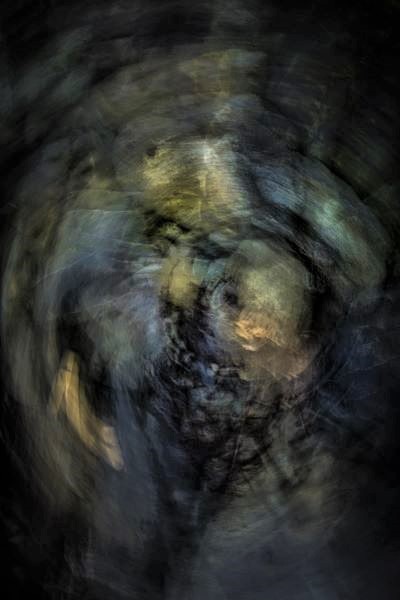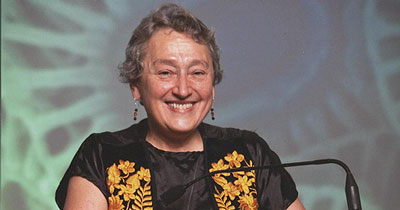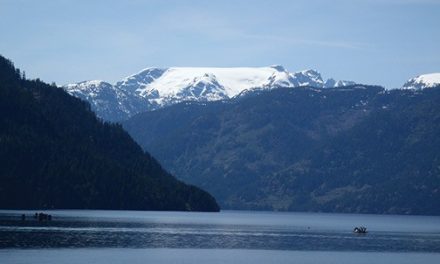Deep Time Art Exhibit: Revisited
Click for this Resource!
“…The planet is fine; the people are f*cked!…, The planet is doing great: been here four and a half billion years! …And we have the conceit to think that somehow, we’re a threat…” George Carlin, 1992( George Carlin – Save the Planet (The Planet is fine) – Bing video).
I spent a significant chunk of my 40+year career focused on climate-friendly energy technologies and public policies to limit anthropogenic greenhouse gas emissions. After retiring, I concluded that insufficient progress had been made (with climate, winning slowly is losing). Looking back, I believe the problem is not that the menu of technologies and policies is inadequate. Rather, not enough people care enough to support sufficiently ambitious personal, private, and government actions to maintain a livable world.
In the past decade, the environmental movement has come to recognize that more people are swayed by emotionally resonant stories than by facts and logic. Thus, I decided to develop a visual story about deep time (see Drifting Through Deep Time (Exhibit and Video) – Deeptime Network (dtnetwork.org)). In creating this exhibit, I entertained the naive hope that engaging viewers in a deep time story would induce some to experience a sense of “transgenerational empathy”, thereby wanting to become good ancestors (for more on this, see www.Longpath.org).
To illustrate the story, I selected a group of images to serve as metaphoric snapshots of the paleogeographic history of the protocontinent Avalonia – land formation via vulcanism, tectonic plates crashing together and breaking apart, and successive ice ages. Each image has an implicit date, most often measured in hundreds of millions of years ago. I gave the images titles that reflect their supposed age. I crafted text to complement the images and made multiple revisions. In other words, I immersed myself in deep time, going back and forth between artistic and intellectual cognitive processes.
This creative process infiltrated me in ways I had not expected. Engaging with the exhibit’s images and narrative over a period of months began to shift my own perspectives on my place in the universe. That is, I became more comfortable with my own life’s infinite insignificance to the sweep of Earth’s history. One result is that I now feel less alarmed than before the exhibit about the impacts that humanity is having on the Earth (though perhaps not as sanguine as the politically incorrect George Carlin). I find this result both counterintuitive and contrary to my initial objective in developing the exhibit. Moreover, now that climate change has been thoroughly politicized, some politicians who are averse to taking ambitious action on climate cynically adopt the position that the Earth’s climate has always been changing. I find myself uncomfortably in their company.
How to reconcile the cognitive dissonance that 1) human activities are disrupting Earth’s biosphere and climate, and 2) Earth and its living inhabitants have always been and will continue to be subject to exogenous and endogenous disruptions? Although my views continue to evolve, for now the reconciliation is about compassion around suffering that is occurring and will worsen – of my son’s and subsequent generations of humans, as well as of other sentient beings. Given the amount of carbon already embedded in the atmosphere, even ambitious actions will do little to mitigate suffering among those whose circumstances don’t allow them to adjust enough or quickly enough to abrupt transitions. What we can do is learn to be kinder with each other, expanding our circles of compassion in time and space.
- Used by people who call the work: Big History, Gaia Theory/Science-Based Systems Thinking
- Applies a deep time evolutionary perspective to: Art, Current Issues, Ecology/Sustainability
- Learning Stages: Adult Education, Higher Education, Lifelong
- Type: Blog
- Keywords: storytelling, Avalonia, tectonics
- Link to Resource: Click here
- Posted By: keith kozloff
- Date Added: March 16, 2023










